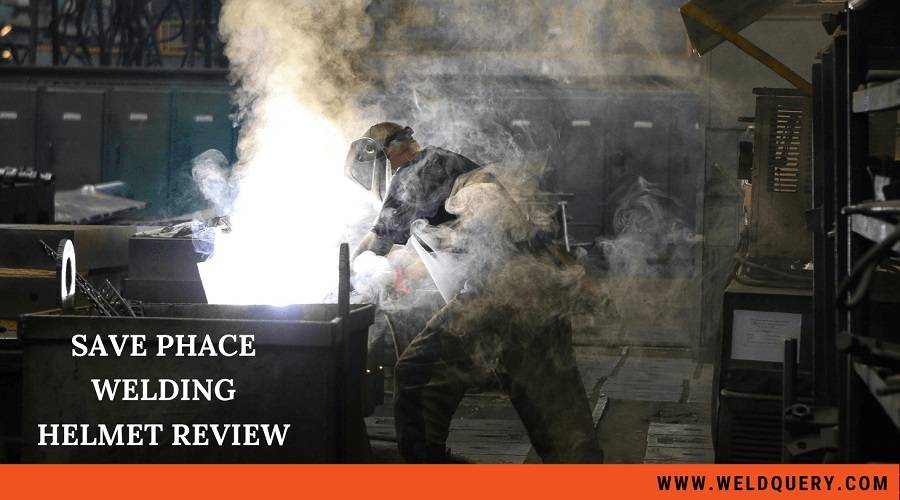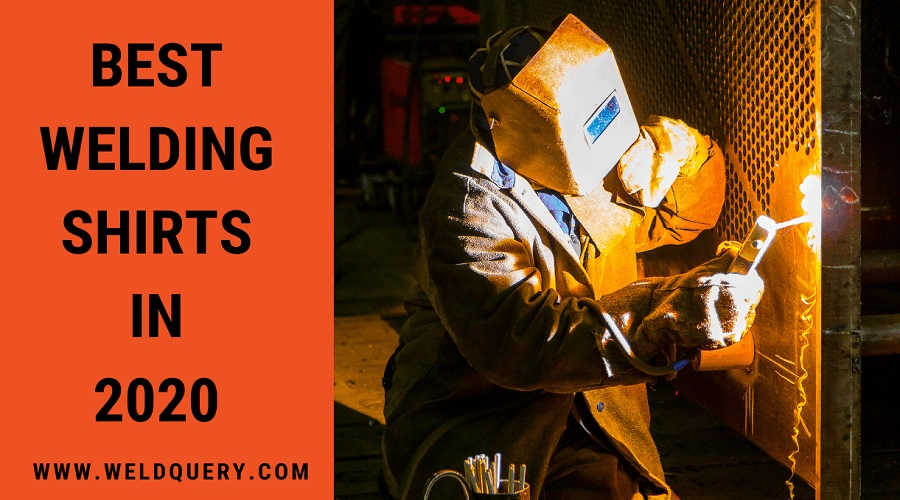Two popular welding helmets are the Lincoln Viking 3350 and the Miller Digital Elite. These are top-of-the-line products, and users are raving about them.
If you’re looking for the greatest helmet, the Viking 3340 or the Digital Elite may be your best options. It’s a difficult decision, and the answer is contingent on the qualities you value the most and how you want to work.
So, to match your requirements with the appropriate helmet, you’ll need some information. To make things easier, we’ve gathered the information and put it into this helpful post. Continue reading to learn which option is best for you.
Contents
Lincoln Viking 3350 vs. Miller Digital Elite
1. Lincoln Viking 3350
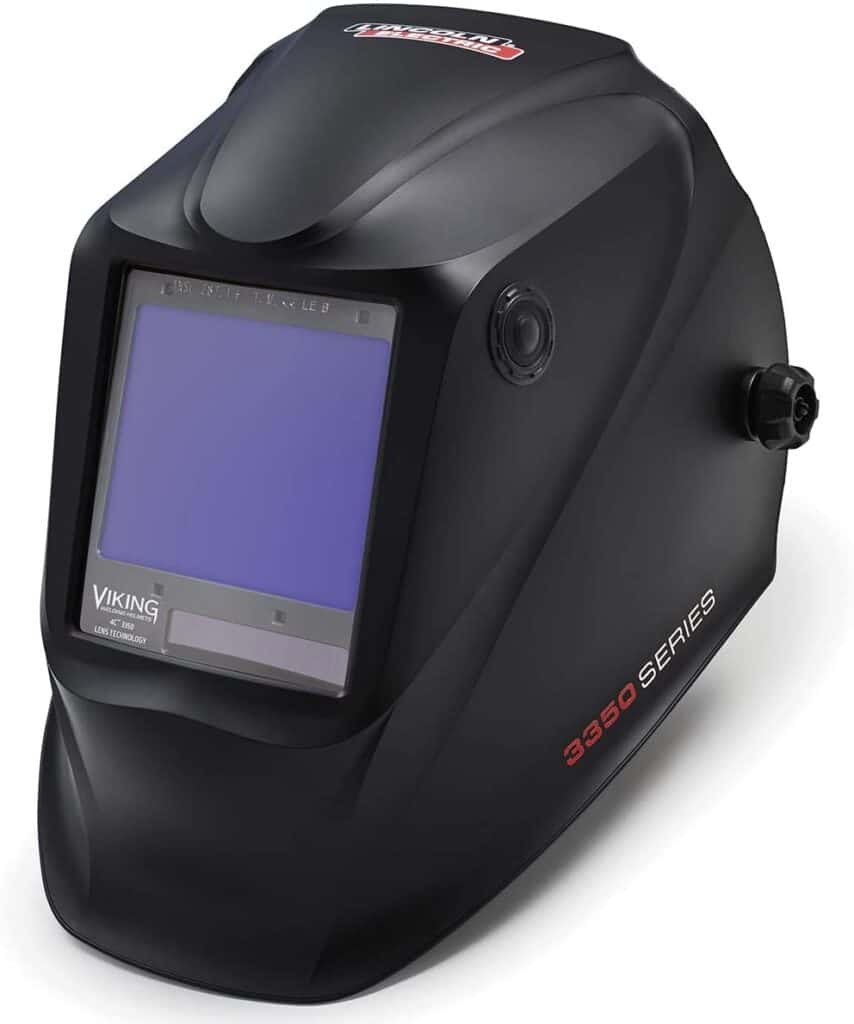
The Viking 3350 is Lincoln Electric’s top-of-the-line welding helmet, with a bevy of features. It has many features like the Digital Elite, but it has a bigger lens with excellent clarity. It also features an external switch for grinding mode.
This helmet’s combination of characteristics makes it ideal for someone who welds, grinds, and welds again. It avoids constantly flipping up or completely removing the device to change the settings or mode. You can work while wearing your helmet down.
Except for the shade at angel rating, the two helmets are equal in clarity (the last of the four numbers). However, the Lincoln has a higher angular performance rating. That may be crucial if your job requires you to do a lot of welding when you can’t look straight at the piece.
Additionally, consumables for this helmet are more readily available. For example, the lens is a typical size that is found in most welding supply stores. Furthermore, any CR2450 battery from any brand can be used as a replacement.
Expert and amateur welders alike will appreciate the Lincoln Vikings 3350‘s simplicity of switching from welding to grinding mode, large viewing area with natural colors, and improved angular shade performance.
The comparison of the Lincoln 3350 to the miller digital elite
Advantages
- A larger lens with a wider field of view.
- Grind mode switch on the outside.
- The lenses are a uniform size, making them easier to locate.
- There are more extras in the box.
- 4C lens technology allows you to see natural colors more clearly.
- In the manual, overhead welding is not prohibited.
Disadvantages
- The dials are small and difficult to read.
- There is no obvious indicator to tell you that you are in grind mode; you will be flashed when welding if you forget.
- It’s a tad “front” heavy due to the larger lens.
- There is no special “cutting” mode; welding and cutting are done with the same colors.
- Heavier.
- Sensors are not blocked in any way.
3. Miller digital elite
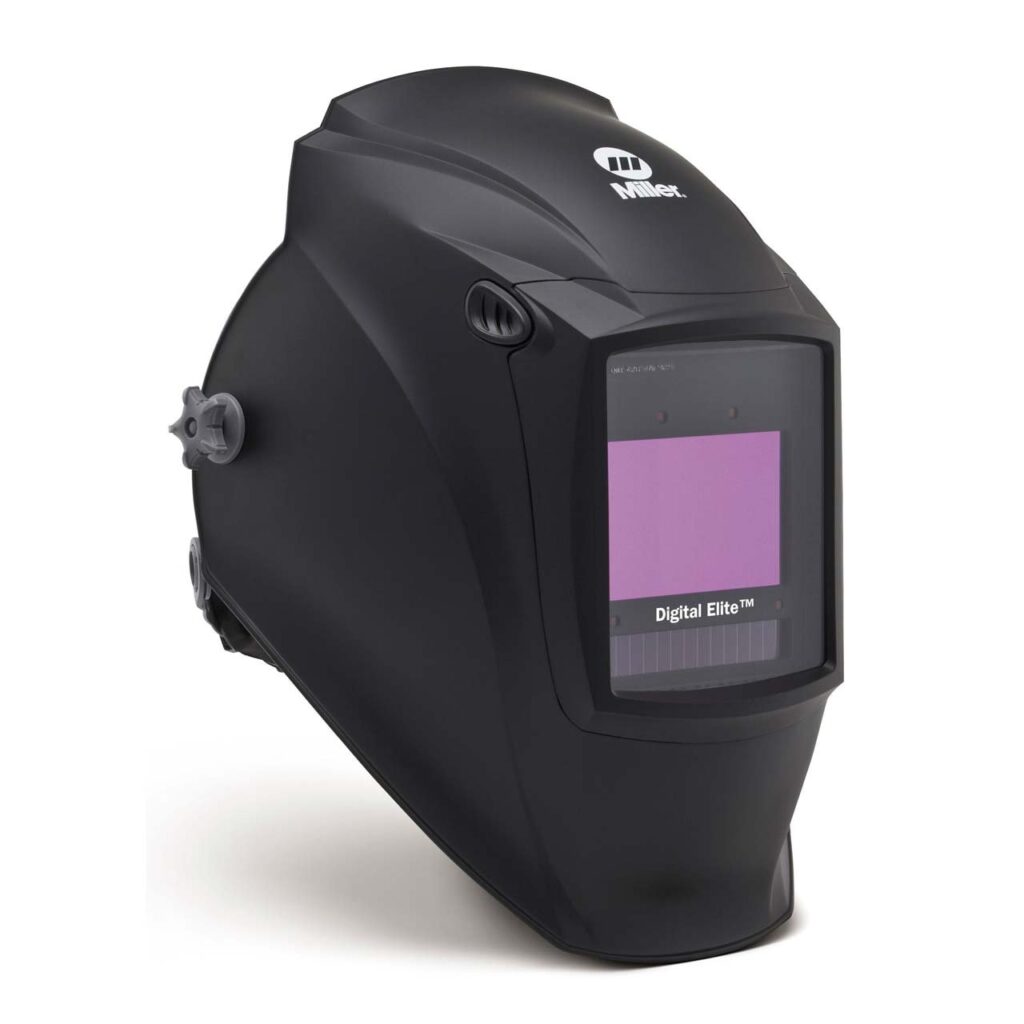
The Miller Digital Elite helmet has a function called X-mode, which makes it unique. That is the company’s trademark for the technology that detects the electromagnetic field created when an arc is struck.
Your sensors may not “see” the arc if you are frequently out of position or in limited locations. Also, when you are not welding, your auto-darkening feature may not turn off in intense sunshine. These issues are solved with X-mode, and you don’t have to worry about being flashed.
In addition, the Digital Elite helmet is lighter than the Viking 3350. Both helmets are lightweight compared to other helmets on the market; however, the Miller Digital is the lighter of the two. Therefore, the Miller Digital Elite is the helmet to choose if you want the latest technology that protects you from getting flashed and a light helmet.
The comparison of the miller elite to the lincoln Viking 3350
What’s the Difference Between the Lincoln Viking 3350 and the Miller Digital Elite?
1. Color and clarity of the lens
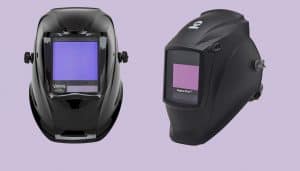
The Miller Digital Elite narrowly edges out the Lincoln Viking 3350 with a pristine 1/1/1/1 rating. Both, however, provide a clear view of the puddle, and you can see fine in the bright state. In practice, many people prefer the Viking 3350 for its clarity.
Old vs. New Technology in the Lincoln Viking 3350 Active State
Both helmets have features that enable the display of more natural colors. ClearLight is used in the Miller product, while 4C is used in the Lincoln product.
2. True Color Miller Digital Elite Clear Light Technology
It’s also worth noting that Lincoln’s natural colors are superior. However, the Digital Elite lens still has a tiny green tint. The Viking 3350, on the other hand, has a more natural blue tinge while welding.
However, some users complain that the blue light causes their eyes to become too weary more quickly. Some users appear to be light-sensitive, and the blue hue appears to weary their eyes more quickly.
Many users, however, believe that the blue light gives them a clearer picture without tiring their eyes. Therefore, there should be little difference between the Digital Elite and the Viking 3350 for most people in terms of eye tiredness.
3. Interface
Inside the helmet, the two user interfaces are located at the bottom of the lens assembly. The Miller Digital Elite has an all-digital interface, but the Lincoln Viking 3350 incorporates dials. As a result, the Digital Elite offers a distinct edge in terms of quick viewing.
In comparison to the Viking 3350’s small dials, the settings are much easier to see. In addition, the Viking 3350’s interface contains two little lights on the bottom right. One is for grinding, and the other is for when the battery is running low.
The ground light on the Viking 3350, on the other hand, might be larger or at least more visible when it is turned on. You can get flashed if you forget you’re in grind mode and miss the little light. You must be aware of whatever mode you are using with the Lincoln hood.
4. Price
The Miller used to be the more expensive option. However, the price difference between these two helmets has narrowed in recent years, and there is now little to choose between them. Also, prices fluctuate based on where you purchase and what deals are being offered.
So when it comes to the Viking 3350 and Digital Elite, it pays to shop around.
5. The field of view
The lens size determines the field of view. Most welders, understandably, want to see as much as possible. The Lincoln Viking 3350 is 3 square inches larger.
The Miller helmet has a good field of vision, but it is not as large as the Lincoln. Another type from Miller, the Digital Infinity, is available if you need a Digital Elite level hood for a larger lens. However, it is more expensive and heavier.
6. Replacement of Lenses
The Digital Elite’s lens is unique in terms of size and form. Unfortunately, that means you’ll need to purchase a Miller replacement lens from a store that carries them. Unfortunately, they can be difficult to locate, particularly on weekends or after hours.
On the other hand, the Lincoln helmet uses a “standard” lens that is found in most welding supply stores. It covers big-box retailers. As a result, finding replacement lenses for the Viking 3350 is simpler.
7. The batteries
The Viking 3350 is powered by a single CR2450 battery from any brand. The Digital Elite, on the other hand, takes two Panasonic CR2450 batteries.
Although it may appear strange, the Miller battery holder does not properly hold Duracell or Energizer batteries. As a result, the Panasonic brand CR2450 battery is the best fit for the Digital Elite.
8. The modes
Lincoln does not state modes in the same way as Miller does. The Viking 3350, on the other hand, can weld, cut, and grind. The right cut and weld colors are mentioned in the Lincoln manual, even though there is no cut mode in the helmet’s settings.
Lincoln incorporates an external grind switch for grinding. You can wear the helmet down and switch between weld and grind mode by tapping the button. To access the internal controls to changing modes, you must elevate the Miller helmet.
The Digital Elite, according to Miller, has four modes: weld, cut, grind, and X-mode. There is a substantial difference in X-mode. It senses the magnetic field of the arc, independent of the sensors, to safeguard you from being flashed. It also keeps the skin from darkening in the sunshine.
9. Weight
In comparison to other options on the market, both helmets are lightweight. But, on the other hand, the Miller is 0.18 pounds lighter if you need the lightest helmet for all-day labor.
10. Welding from above
Miller specifically states in the user handbook that the Digital Elite is not used for overhead welding. While many welders have utilized this helmet for overhead work, the manufacturer cautions against doing so in what looks to be excessive caution.
11. Extras are included
The Lincoln Viking 3350 comes with a modest bonus for people who prefer a little something more in the box. You also get a bandana, which isn’t included with the Miller helmet bundle.
You might be interested to know Who Makes Snaps On Welding Helmets
Summary of the differences in table form
| Lincoln Viking 3350 | Miller Digital Elite? | |
| Color and clarity of the lens | 4C is used in the Lincoln product. | Clear Light is used in the Miller product |
| True Color Miller Digital Elite Clear Light Technology | Has a more natural blue tinge while welding. | the Digital Elite lens still has a tiny green tint |
| Interface | incorporates dials | all-digital interface |
| Field of view | Is 3 square inches larger | Has a good field of vision, but it is not as large as the Lincoln. |
| Replacement lenses | Simple to find | Difficult to find |
| Batteries | 3350 is powered by a single CR2450 battery from any brand | Takes two Panasonic CR2450 batteries. |
| Welding from above | Can be used for overhead welding | Is not used for overhead welding |
Conclusion
With its X-mode, the Miller Digital Elite is the perfect solution if you have concerns with getting flashed due to occluded sensors. When it detects the magnetic field formed when you strike an arc, it darkens.
The Miller is also the lighter of the two helmets, with a simpler user interface. The Lincoln Viking 3350 has an external grind mode switch if you weld and grind a lot in a day’s work. There will be no searching for goggles or changing headgear.
The Lincoln helmet also has the advantage of a clear, large lens with natural color.
Of course, the other little distinctions are significant. However, the difficulties discussed in conclusion are likely to be the factors that influence your decision to wear one helmet or the other.

